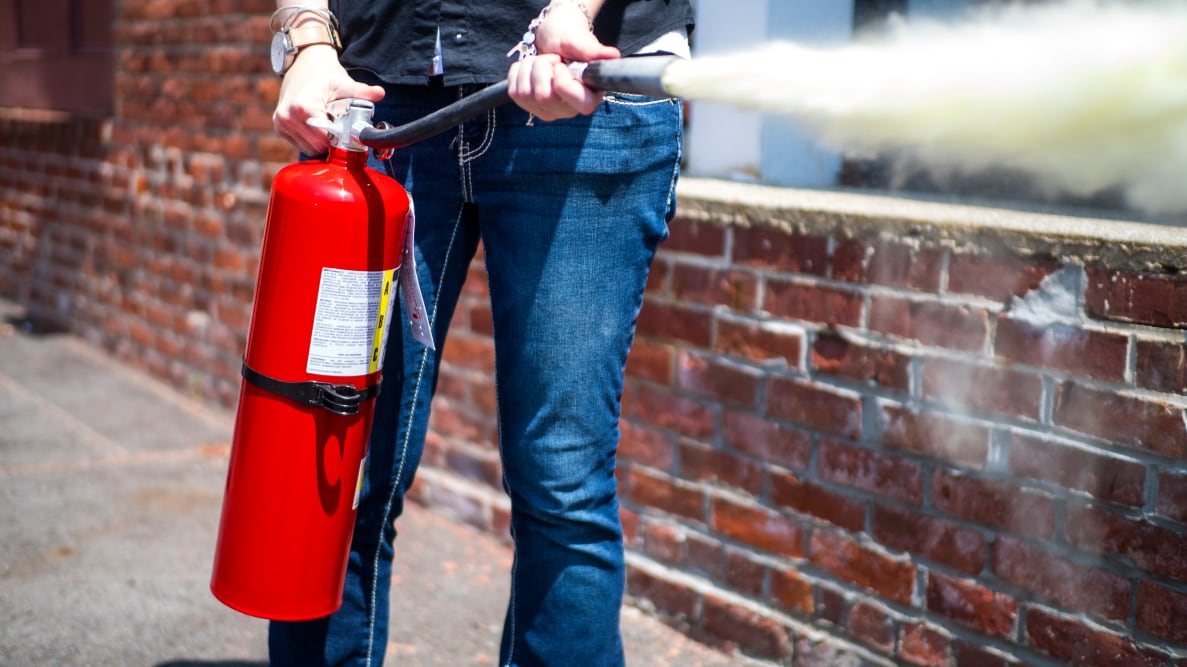


Note: Common extinguishing agents may react with a combustible metal fire causing the severity of the fire to increase. Extinguishers with a D rating are designed to extinguish fires involving combustible metals.

Class DĬlass D fires involve combustible metals, such as magnesium, titanium, and sodium. Extinguishers with a C rating are designed for use with fires involving energized electrical equipment. Class CĬlass C fires involve energized electrical equipment. Extinguishing a flammable gas fire, without shutting off the fuel, will allow unburned gas to escape into the atmosphere, which may permit a dangerous accumulation of gas to develop, and an explosion may occur if the gas is exposed to an ignition source. In fact, if the only fuel burning is the leaking gas, the best method for extinguishing the fire is to shut off the fuel supply. Note: Do not attempt to extinguish a fire involving flammable gas unless there is reasonable assurance the source of fuel can be promptly shut off. Therefore, extinguishers with a B rating are designed to extinguish fires involving flammable and combustible liquids. Class BĬlass B fires involve flammable and combustible liquids such as gasoline, alcohol, oil-based paints, lacquers. Extinguishers with an A rating are designed to extinguish fires involving these ordinary combustible materials. There are five basic classifications of fuel and extinguishers, and extinguishers are labeled with either letter-shaped or pictorial symbols that indicate what types of fires they are intended for.Ĭlassifications of Fires and Extinguishers Class AĬlass A fires involve ordinary combustible materials, such as cloth, wood, paper, rubber, and many plastics.
Fire extinguisher for home portable#
Portable fire extinguishers are classified by the type of fires they are designed to extinguish.


 0 kommentar(er)
0 kommentar(er)
